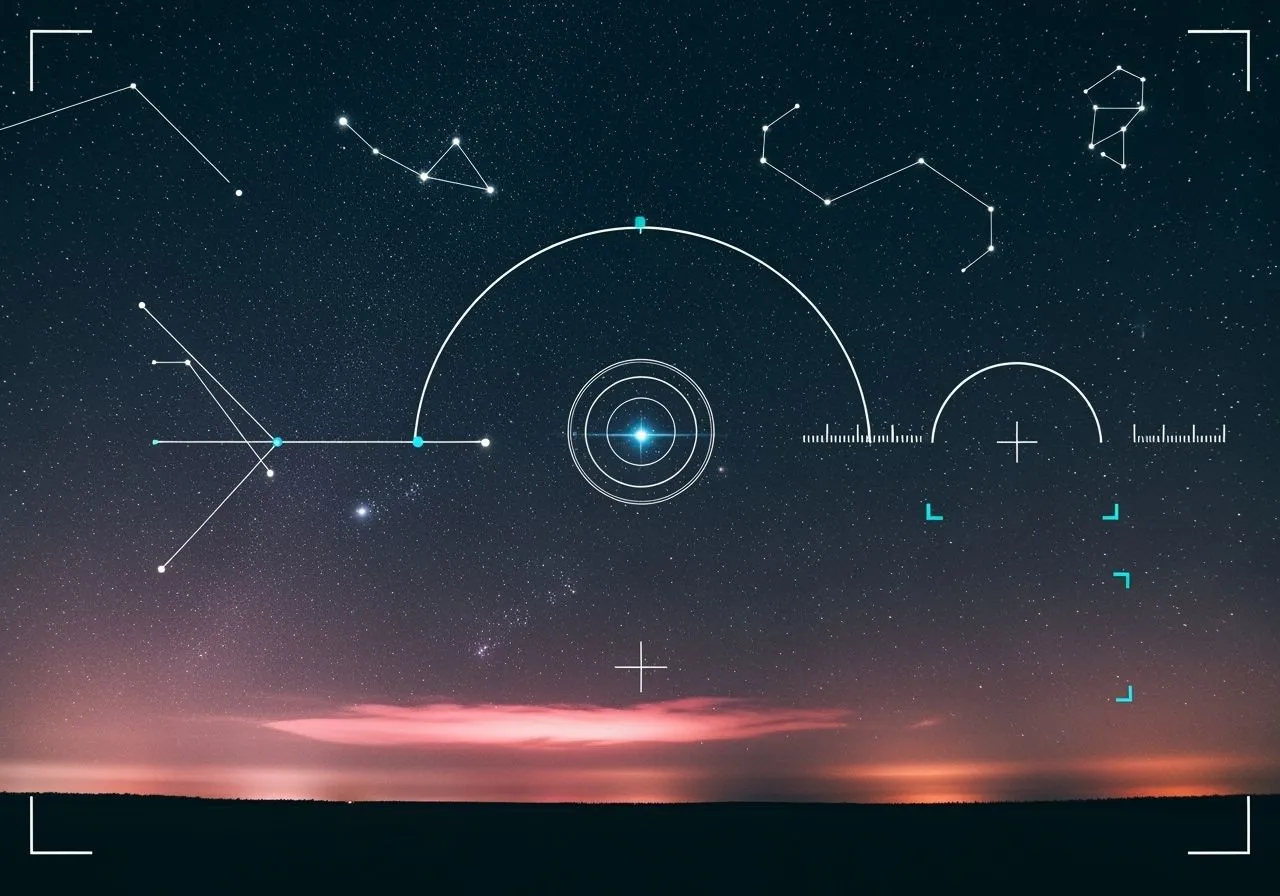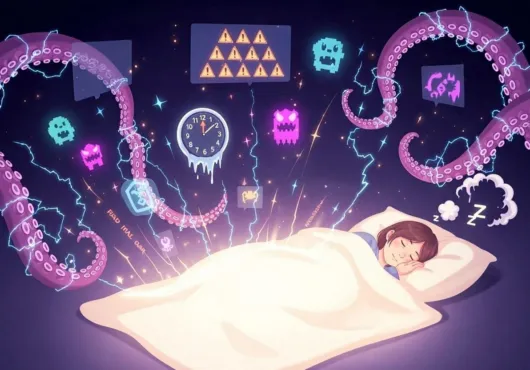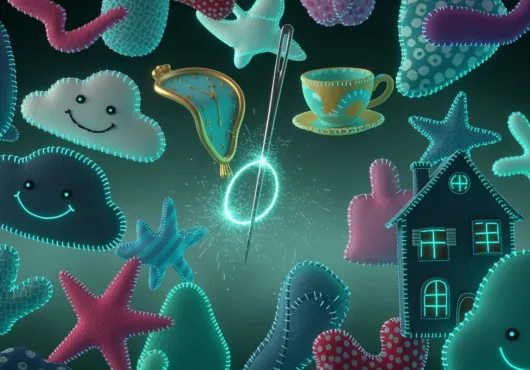“The universe didn’t pivot to AI. We did—and we’re projecting.”
AI finally reached the stars—not by flying there, but by making the sky legible to dashboards. Telescopes became funnels. Data became product. And somewhere between “pattern recognition” and “hallucination,” we started mistaking model confidence for meaning.
TL;DR
- AI astronomy exports ad-tech logic to the cosmos: optimize, predict, monetize awe.
- Hallucinations become hypotheses when they’re on-brand and backtested to engagement.
- To stay human: keep some sky unmeasured, separate model output from evidence, and reintroduce friction into wonder.
This isn’t about space being fake; it’s about incentives that quietly bend curiosity into conversion. Call it AI astronomy: not the study of the cosmos, but the study of ourselves staring into a black box and applauding our reflection.
When the Telescope Points Back
Classic astronomy points glass at the sky. AI astronomy points the lens at us. We no longer ask, “What is out there?” We ask, “What will keep them scrolling?” Constellations become content categories. Exoplanets become feature drops. The night is a backlog; we’re sprinting against attention decay.
Hallucination, Rebranded as Hypothesis
Models don’t “see” a planet; they see a distribution and pick a story. Sometimes the story survives peer review. Sometimes it survives because it performs. In a world where dashboards outrank doubt, a tidy false positive beats a messy maybe. AI doesn’t lie; it harmonizes with incentive.
Confidence ≠ truth. It’s just the swagger of a math function.
Terms of Constellation Service
Personalization: Your star map has been tuned to your purchase intent. Orion now recommends belts.
Safety Filters: The Crab Nebula is blurred until you opt in to “mild cosmic violence.”
Latency: Light takes years. Engagement can’t wait. We fill the gap with “smart predictions.”
Attribution: If a new object trends, the algorithm discovered it. If it doesn’t, you did.
Incentives, Not Telescopes
Funding rewards certainty. Platforms reward velocity. Press rewards metaphors you can thumbnail. Put those in a blender and you get “breakthroughs” that are true enough to travel. Real science is slow. Real awe is slower. Neither graphs well.
The Business Model of the Cosmos
We pretend there’s no business model because the sky is free. But there’s always a business model. Screens turn wonder into sessions. Sessions monetize. The product isn’t planets—it’s the story that keeps you from putting the phone down and walking outside to meet the actual sky.
Hype pipeline 101
Instrument coughs up ugly data.
Pipeline subtracts “noise.”
Prior assumptions lean on the output.
A chart gets pretty.
Someone says “Earth-like” because “maybe interesting thermal profile” won’t trend.
Nobody’s lying; incentive is just gravity with better PR.
How to Watch the Sky Without Getting Worked
Keep a dumb window. A $30 analog planisphere dunks on any app when you’re trying to feel scale.
Separate model from evidence. If a headline says “AI found…,” ask, “What did the instrument measure?”
Delay the metaphor. “Earth-like” is a vibe, not a measurement. Read the numbers, then decide the story.
Reintroduce friction. Star logs, red flashlight, actual horizon. Curiosity takes time; that’s the point.
Use weirdness budget. Once a month, no apps—just sky. Accept being wrong about a star and enjoy it.
If the stars align, check who aligned them.



